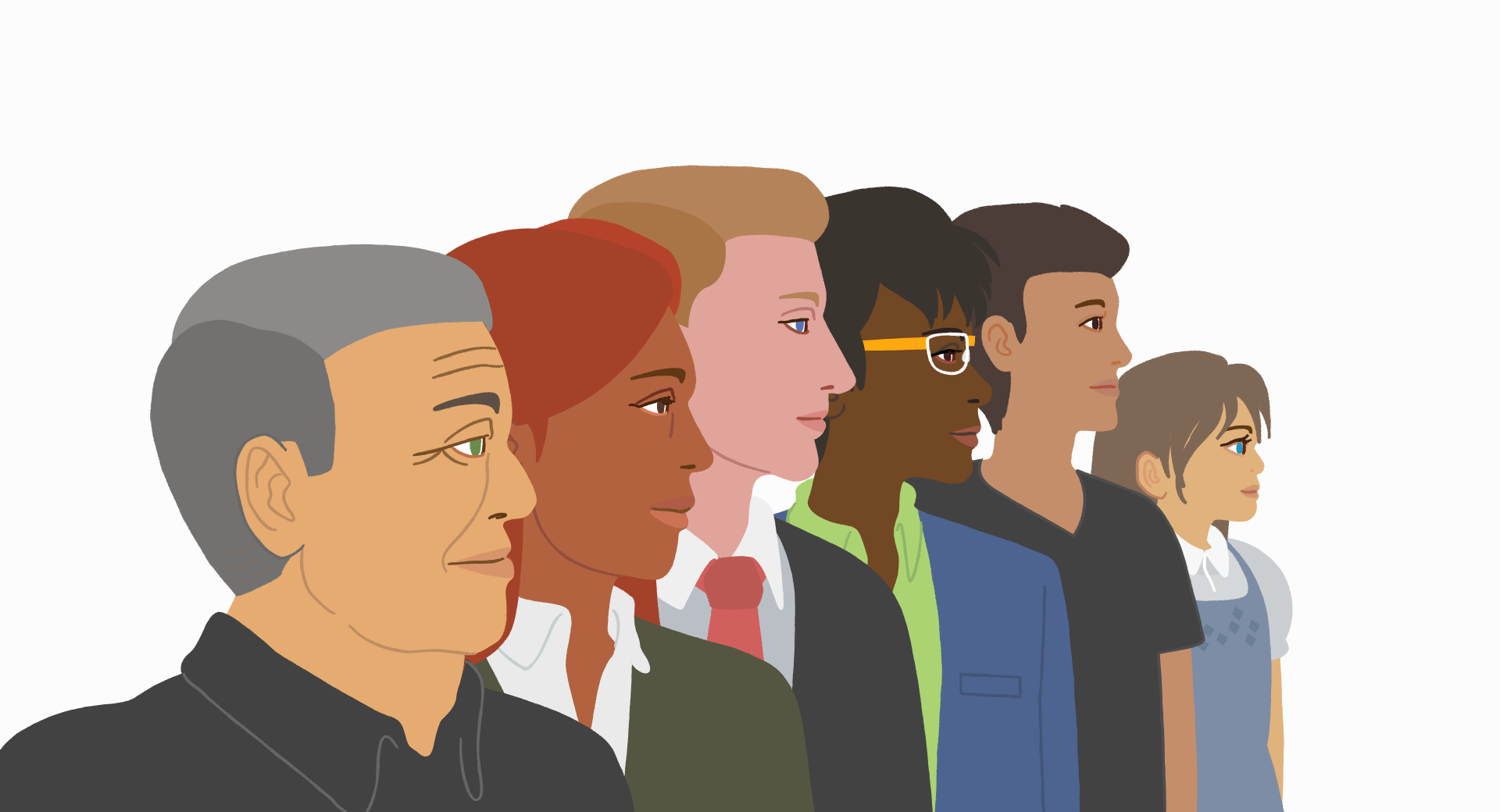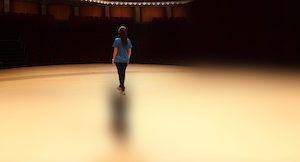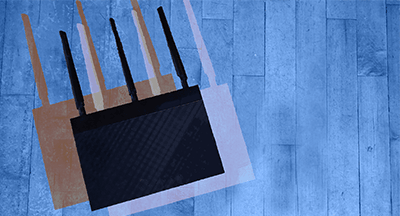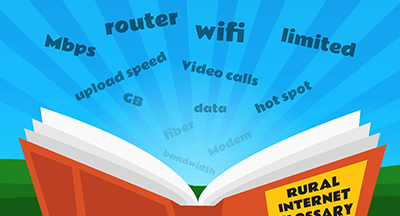
The workforce is changing. The skills we’re teaching students now may not even be applicable to the jobs of tomorrow—how do we manage the gap between today’s knowledge and the impossible to predict future?
To start, we update our mindset alongside the visible shift in industry, look to the horizon of knowledge, and attempt to equip students with the right skills to create and navigate their futures.
Preparing students for jobs we can’t yet imagine
Technology has evolved at breakneck speeds over the past few decades, and it shows no signs of slowing down now. It’s estimated that nearly half of American jobs will become automated within the next two decades—what’s more, up to 9% of labor demand will shift to new occupations the world has never seen before. How can we possibly prepare students for jobs that don’t exist yet?
The answer lies in studying the shifts in skill requirements which have been occurring in the recent past as the workforce becomes inextricably tied to technology. Rather than a linear progression of training toward a specialized skill, employers are increasingly looking for elastic thinkers who practice computational thinking: chunking problems, creating algorithms, and being able to quickly pivot to new solutions—and even entirely unrelated tasks.
The United States Navy has been studying the effects of generalization vs. specialization on certain boats. Sailors may tackle tasks ranging from piloting the ship to making garlic bread. An article in The Atlantic describes studying the sailors’ thought processes as their attention is diverted between multiple tasks at once. This isn’t to say multitasking is the way to go (in fact, cognitive science tells us multitasking is ineffective, and the brain is simply jumping from task to task in a way that wastes a great deal of energy), but instead speaks to how people can use their working memory most effectively for the set of tasks they’re responsible for completing.
Could it be the current definition of a good employee might just be wrong? A conscientious employee is thorough and effective, dedicated to the task at hand, and reliable—but may bungle unexpected challenges in favor of completing routine tasks. An employee with high openness to new experience is easily distracted, even flighty—or may be flexible enough to deftly handle a new problem no one anticipated. Skills like critical thinking, assigning priorities, and remaining calm in the face of information overload are key to the shift from specialized training to a general capability.
It turns out the phrase “Jack of all trades, master of none,” has a final component we’ve curiously lost over the years: “But better than a master of one.”
Gazing (and guessing) into the future of occupations
There are a handful of emerging occupations likely to capture the attentions of students closer to graduation. District leaders are already in-tune with these industries and have devised programs to help students gain the hands-on experience needed to land a job in an emerging industry.eSports
These gaming gigs turn a solo activity into a team sport—and have sparked an entire athletic industry. It’s not just about the athletes: management, marketing, merchandise, and more surround the main eSports events.Investment in eSports infrastructure can benefit the entire district—think high-speed connectivity, lots of cutting-edge visual hardware, and creative ways to facilitate a BYOD program. The industry is projected to reach $1.5 billion by 2020, with millions in scholarships available for eSports athletes looking toward college education.
Computer science and adapting to automation
The first industrial revolution disrupted farmers from their fields and subsistence agriculture, but they soon shifted into factory jobs in neighboring cities. Computer science may prove to be the bridge between unskilled labor and the maintenance of the automated processes that replace it.Computer science is slowly catching up to the demand for graduates primed for success in the field—thanks in large part to schools acknowledging the gap for people of color and girls. Other examples of potential job titles may range from a new generation of website administration as communication moves increasingly online, offshoots of installation and maintenance of Internet of Things devices, remote delivery engineers, virtual reality guides, and artificial intelligence marketing. The possibilities just over the horizon in the technology field are so vast they’re impossible for us to define—but they’re exactly what students are primed to create in the near and distant future.
Trades
Another field we’re well aware is hurting for graduates to fill well-paying positions, trades have gotten a bad rap for the past few decades as students were pushed toward college. It’s extremely difficult to automate different components of building trades, automotive maintenance, and other fields which have been branded as “dirty jobs” (hat tip to Mike Rowe, whose foundation offers a Work Ethic scholarship to help encourage kids to pursue trade work).Healthcare
Some things in the health care realm (recordkeeping and administration, for example) work better when automated. Still, the human healer will never go out of style, despite what the holographic doctor in Star Trek: Voyager would have you believe.As the baby boomer generation ages, the demand for healthcare, both in-home and in a traditional medical setting, is skyrocketing. Districts are beginning to embrace this, offering opportunities to take courses students used to have to wait to pursue in tech schools.
Teaching
Like healthcare, some human experiences are just not able to be replicated by robots. Human children require models of adult skills, such as language, social-emotional response, and teamwork. These so-called “soft skills” are impossible to program and replicate, and they’re in high demand already.Creative pursuits
Can robots be creative? In short, yes, they can. T-shirt companies outsource their slogan-writing to algorithms, which mine social media to create oddly specific themed shirts. But true critical thinking, creative pursuits, and the human experience—the arts, writing, music—cannot be generated by algorithm alone.Building into the unknown
Although today’s educators are training a workforce as yet undefined, this isn’t really anything new. By focusing on the skills likely to transfer well into the jobs of tomorrow, educators can put students on their best path to success—whichever path they create.“Progress, of the best kind, is comparatively slow. Great results cannot be achieved at once; and we must be satisfied to advance in life as we walk, step by step.” —Samuel Smiles, Scottish author
Follow-up resource: Introduce problem solving early
The Code Twins introduces early learners to computational skills. Get your free copy.WHAT'S NEXT FOR YOUR EDTECH? The right combo of tools & support retains staff and serves students better. We'd love to help. Visit skyward.com/get-started to learn more.

|
Erin Werra Blogger, Researcher, and Edvocate |
Erin Werra is a content writer and strategist at Skyward’s Advancing K12 blog. Her writing about K12 edtech, data, security, social-emotional learning, and leadership has appeared in THE Journal, District Administration, eSchool News, and more. She enjoys puzzling over details to make K12 edtech info accessible for all. Outside of edtech, she’s waxing poetic about motherhood, personality traits, and self-growth.




